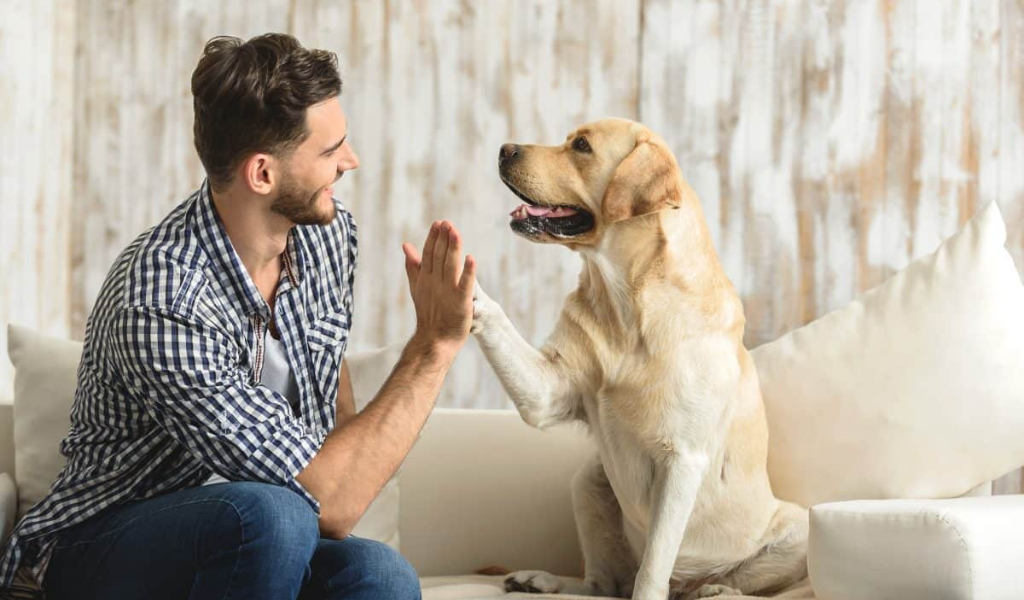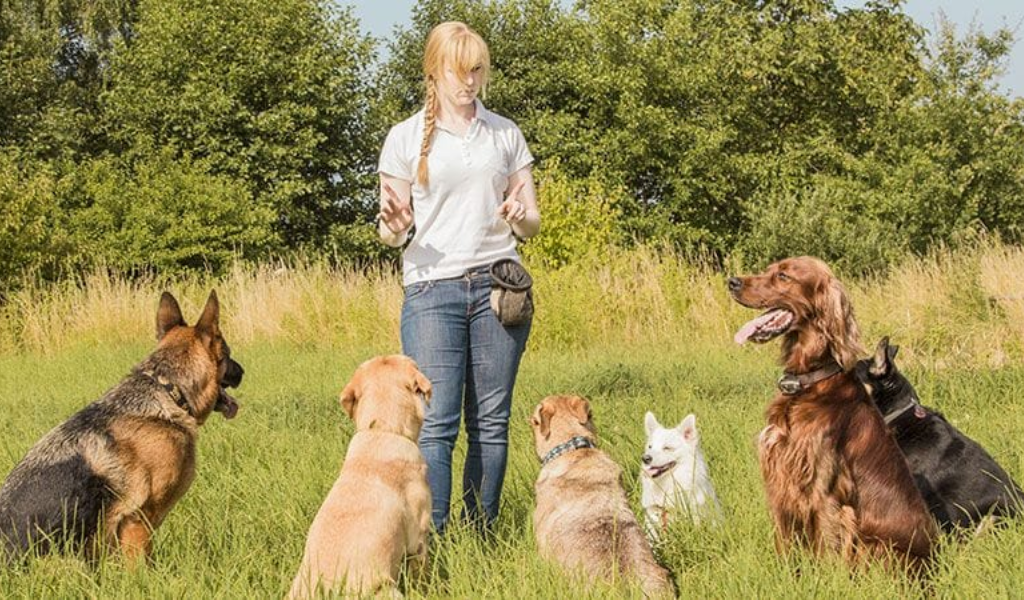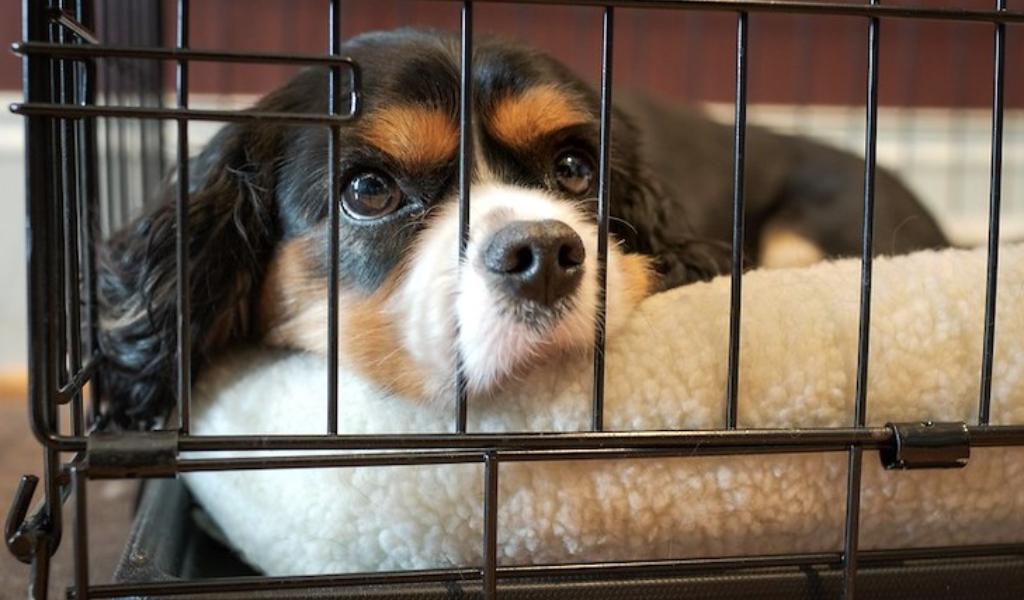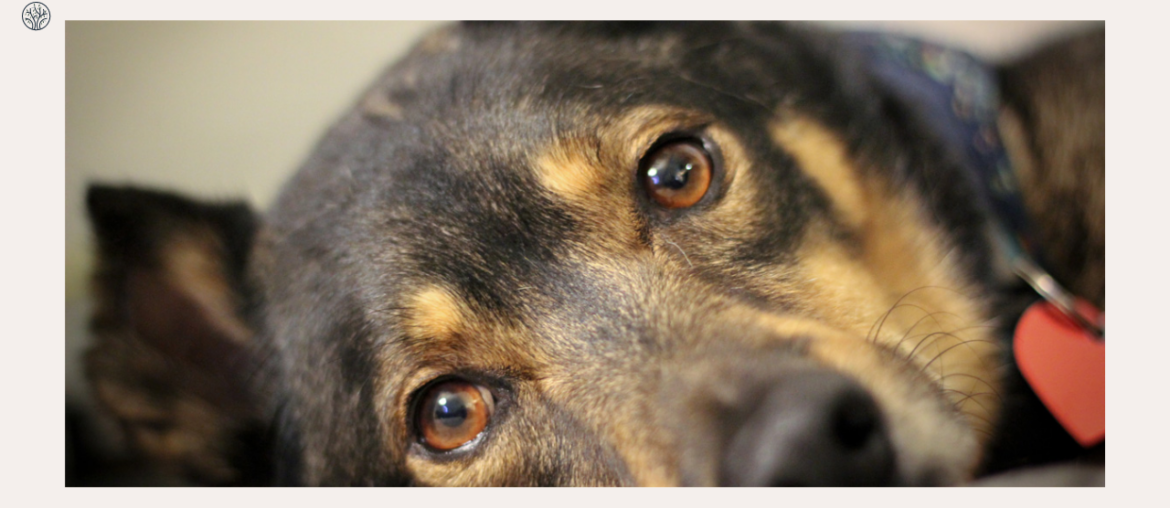Adopting a rescue dog sometimes comes with baggage, such as behavioral issues, health issues, or emotional scars. These furry friends also need to gain the basic training or social skills most dogs learn as puppies. Therefore, training a rescue dog is challenging and requires patience, consistency, and positive reinforcement.
But don’t let that discourage you. This article will share practical tips and methods to help you and your companion. Following these tips, you can increase your dog’s comfort and enjoy a long and fulfilling bonding.
Follow a Routine
One of the first things you should do when you bring your rescue dog home is to establish a routine for them. For example, feeding your dog in the morning and evening, taking them for walks in the afternoon, playing with them in the evening, and training them for 10 minutes every day.
A routine is crucial for your rescue dog for several reasons:
- Create security and confidence: Many rescue dogs have encountered instability or unpredictability in their previous homes, making them anxious or fearful. Giving them a routine means a sense of structure and order, reducing their stress and anxiety.
- Know what to expect: A routine help your rescue dog learn what to expect from you and what you expect from them. Following a routine can teach them how to behave appropriately in different situations.
- Build a bond with you and your family: Many rescue dogs have not received much love or attention from their previous owners. By spending time with them through the daily routine, you can show them that you care about them and that they are part of your family.
The earlier you start, the better it is for them. You should stick to the routine as much as possible and avoid making frequent changes.
If you need to change the routine because of something unexpected, keep the changes minor and temporary. Then go back to the routine as soon as you can. This process helps your dog feel safe and confident.
Build Trust and Bonding

Another crucial part of training a rescue dog is to build trust and bonding. Faith is necessary for communication, cooperation, and affection. Moreover, bonding is what makes us love our dogs and makes our dogs love us back.
However, building trust and bonding with a rescue dog can be challenging. Many of them have suffered trauma or loss in their previous homes. They may have lost their canine companions or family members along the way. As a result, these rescue dogs may have difficulty trusting humans or forming connections with anyone.
Therefore, being gentle, calm, and consistent with your newly adopted dog is vital. You must show the pets that you are different from their previous owners. You also need to show them that you are their leader and protector.
To train rescue dogs:
- Start by spending quality time with them every day.
- Let them approach you at their own pace and respect their boundaries.
- Use positive reinforcement and reward-based training to encourage good behavior.
Furthermore, being patient and understanding is the key. It may take weeks or months for your rescue dog to trust and bond with you entirely. Please do not rush the process or expect too much from them too soon. Each rescue dog needs time to heal and adjust at their own speed.
Teach Basic Commands

Dog training starts with basic commands, such as sit, stay, come, down, etc. It helps you communicate with them better and keep them safe.
Teaching basic commands lets you keep your dog’s behavior in check and stops them from jumping, biting, or running away. These orders are also a fun way to engage your dog’s brain and test its smarts.
Here are some tips to get started:
- Take it one command at a time: Keep your training sessions short and enjoyable. Refrain from overwhelming your dog with too many orders all at once, and avoid making the training sessions dull.
- Use clear and consistent words: Pick a specific term for each command and say it only once. Your dog might be confused when you use different words for the same command.
- Use treats or toys as rewards: To teach your dog a command, use prizes to guide them into the desired position. Please give the dogs the treat as soon as they follow your orders.
- Increase difficulty gradually: Make the training more challenging as your dog learns. Add distance, duration, and distractions.
- Practice in different settings: Rehearse the commands in various places and situations. For “come,” start indoors in a quiet room, then move to different rooms. Finally, practice outside with more distractions, like people and other animals.
Enroll in Rescue Dog Training Classes
Enrolling in training classes can be the best way to train a rescue dog. There are many special courses for dogs adopted from shelters or rescue organizations. They will address common behavioral issues that these puppies may face.
You’ll find plenty of options for rescue dog training classes, both online and in-person. For more details, check out our recommendations on best online dog training courses. These courses come with proven, practical tips from professional dog trainers. They also offer support from other rescue owners through their exclusive online community.
In addition to providing valuable techniques and advice, rescue dog training classes also offer socialization opportunities. Socializing your dog means exposing them to different people, animals, places, sounds, and experiences in a positive way. A well-socialized dog is more confident, friendly, and adaptable than a poorly socialized one.
Start Crate Training
Crate training is a valuable tool for training a rescue dog, especially one with separation anxiety. Introducing your shelter dog to crate training early on bring benefits in various ways:
Firstly, it assists with housebreaking, making the process smoother and more efficient. By providing a safe and secure space, the crate ensures that your dog won’t get into any mischief when left unsupervised.

Apart from its practical benefits, the crate also serves as a comforting sanctuary for your shelter dog. Moving from the shelter to a new home might be overwhelming and make your dog feel stressed and unsure in this new environment.
To bypass this problem, having a designated retreat space is necessary. It makes your furry friends immensely reassuring. Gradually, the puppy can adjust and settle into its new surroundings.
Remember to start crate training for your rescue dog in a positive and gentle manner. Make the crate a welcoming and cozy place by adding soft bedding and favorite toys. With patience and consistency, crate training is a helpful tool in helping your rescue dog feel at ease and at home in its new environment.
Address Behavioral Problems
If your rescue dog has behavioral problems that interfere with their quality of life or yours, you must seek professional help from a veterinarian or a certified dog trainer. Some common behavioral issues in rescue dogs are:
| Issue | Signs |
| Fear | Trembling, hiding, cowering, barking, growling, and biting when faced with certain triggers. |
| Aggression | Snarling, lunging, nipping, or biting toward other dogs or people for various reasons. |
| Anxiety | Panting, drooling, pacing, whining, barking, chewing, or destructive behavior in stress. |
| Separation Distress | Barking, howling, scratching, digging, or escaping when left alone or separated from you. |
| Housetraining Issues | Accidents or inappropriate elimination due to stress, medical issues, or confusion. |
Depending on the severity and the cause of the problem, your dog needs medication, behavior modification, or both. A veterinarian can diagnose any medical issues contributing to the problem and prescribe appropriate treatment. Meanwhile, a certified dog trainer assesses your dog’s behavior and designs a customized training plan to address the issue.
When To Start Training A Rescue Dog?
According to the American Kennel Club, puppies can start socialization training as early as 7-8 weeks of age. However, if you adopt a rescue dog older than that, you can still start training them as soon as possible after you bring them home.
However, you also need to consider their level of adjustment, trust, and comfort in their new environment. Some experts suggest following a 3-3-3 rule – That means your rescue dog will need three days to settle in, three weeks to start showing its personality, and three months to trust and bond with you entirely.
Common Mistakes to Avoid

Training a rescue dog is a rewarding experience, but there are some common mistakes to avoid. Knowing these things ensures the best outcome for you and your new companion:
- Being assuming: Some owners presume too much (or too little) about the dog’s past. Not every dog in a shelter had a traumatic past, and not all were properly trained or socialized.
- Not being prepared: Before adopting, you must figure out many things: Do you have the time and financial capacity to care for your new family member? Do you have all the dog gear you need? What will your dog’s new routine look like?
- Not puppy-proofing your home: Remove loose wires, household chemicals, and other items are all crucial. Those things are dangerous to a curious new dog.
- Not being consistent: Dogs love rules and are at ease when their life is predictable and structured. Make a plan for who will take him for walks, feed him, and play with him, and how everything will fit into your daily schedule.
And finally, here is the key: constantly training a rescue dog with patience, love, and consistency. With the right approach, you can help your new furry friend become a well-adjusted family member.
Conclusion
Training a rescue dog can be both rewarding and challenging. We hope our tips and methods make this process easier and more efficient. Each small step forward is worth celebrating because it shows progress and growth in your dog’s learning process. So, remember to cheer on your pet as they learn and improve!





